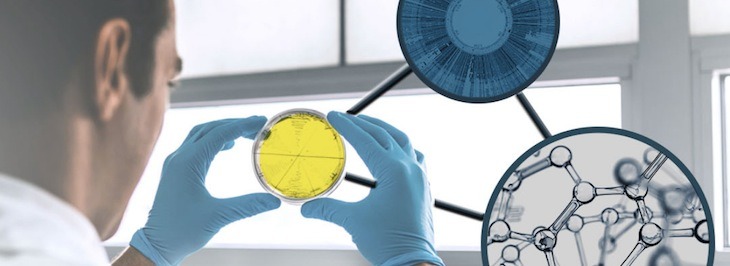UAMS researcher lands $1.7 million grant to study bone health
by October 20, 2020 4:06 pm 415 views

A researcher at the University of Arkansas for Medical Sciences (UAMS) has received a $1.7 million grant from the National Institutes of Health to study how physical activity improves bone health, with possible implications for bone loss from osteoporosis and aging.
Dr. Jinhu Xiong is an assistant professor in the Department of Orthopaedic Surgery in the UAMS College of Medicine, and is one of several researchers from various disciplines at UAMS focusing on bone science as part of the Center for Musculoskeletal Disease Research. Xiong received the five-year grant from the National Institute of Arthritis & Musculoskeletal & Skin Diseases.
About 54 million Americans have low bone mass. An estimated one in two women and one in four men over 50 break a bone because of osteoporosis.
Xiong began studying the underlying biological mechanisms behind bone health in 2008 as a Ph.D. student at UAMS.
“Scientists have long understood there is a connection between bone size and strength related to physical activity,” Xiong said. “Reduced physical activity due to disability or long-term bed rest causes profound bone loss and increases the risk of fractures. As we age and become less active, we also tend to lose bone. Despite these correlations, what scientists don’t know is exactly how the skeleton senses and responds to changes in physical activity.”
One way researchers are working to understand bone loss is to focus on the interaction of bone cells called osteoblasts and osteoclasts. During the body’s normal cycles, osteoblasts build new bone and osteoclasts reabsorb old bone. When they are out of balance, osteoporosis or other conditions related to bone loss can develop.
Xiong’s dissertation centered around his groundbreaking finding that a particular type of cell buried within the bone matrix, called osteocytes, controls the formation of osteoclasts. Xiong’s research suggests these osteocytes are important for how the body senses and responds to physical activity.
This grant funding from the NIH will allow him to test his hypothesis about the connection between osteocytes and physical activity in a number of different ways.
By earning this $1.7 million grant from the NIH, Xiong moves into his career as a self-supporting scientist, and a spot will open in the Center for Musculoskeletal Disease Research for another early career scientist interested in bone research.
